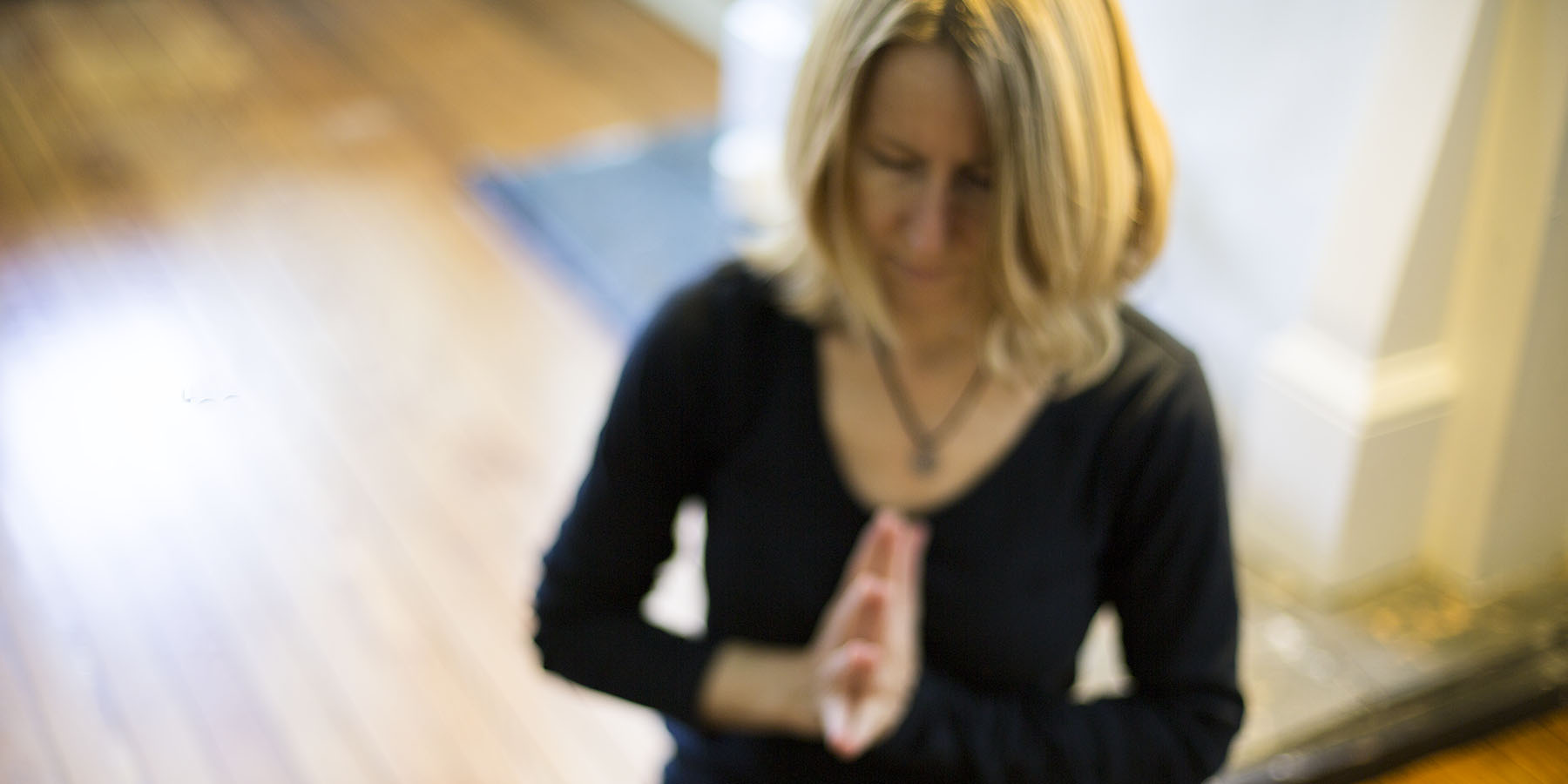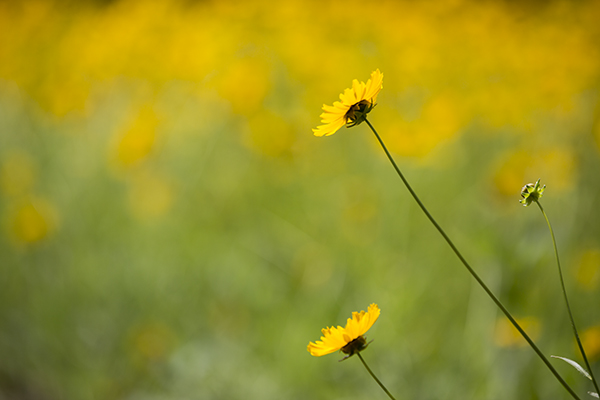My heart goes out to everyone during this uncertain time. I am sending loving-kindness and wishes for wellbeing to all who are suffering.

It’s normal to not feel normal during this crisis. We’re all having a bit of difficult time paying attention, concentrating, adjusting to new schedules and new levels of fear, anxiety, and grief. We are all unaccustomed to the whole world suffering so deeply all at once.
I ask myself daily how do we face this crisis mindfully, skillfully and with emotional resilience? First, by being mindful about maintaining physical hygiene, following the advice of health officials, and maintaining physical distancing. And secondly, by growing our own inner resources through practicing resiliency skills. When we practice mindfulness meditation, we cultivate the capacity be present with whatever arises. Through mindfulness practice, we find refuge in moments of uncertainty.
The more we engage with meditation and resiliency skills practices that connect us with our inner resources, the more our inner resources grow.
Following are some of the ways that I have been using mindfulness to cultivate emotional resilience during these difficult times:
1. Keep breathing. Take a lot of deep breaths. The chest and belly tighten in response to fear. We can release this tension and promote peace by practicing 3-Part Breath. Breathe into the belly, expand the belly, expand the breath into the lower and middle section of the lungs, and then expand the breath into the upper section of the lungs all the way up to the collarbones. Exhale slowly, and repeat for 5 – 10 breaths. Try it when you wake up, and then practice it throughout the day. Set an alarm on your phone every hour to remind you to breathe. If you have trouble sleeping, try to see nighttime as a time to try to rest and restore your energy, even if you are unable to sleep. Try practicing 3-Part Breath to help you relax your body during periods of nighttime wakefulness.
2. Practice mindful self-care by drinking plenty of clean water, eating healthy food, moving your body, and skillfully managing difficult thoughts and feelings.
3. Try to relate skillfully with fear by practicing mindfulness of feelings. When you notice fear and anxiety arising, pause for a few moments, and take a deep breath. Rather than becoming entangled in and overwhelmed by the fear, try taking a step back and objectively observing it. Inquire silently, “What am I feeling?” Name the feeling silently to yourself. Naming the feeling activates areas of the brain that can help you to gain perspective and begin to calm down. Inquire, “Where do I feel it in the body?” Name the area of the body in which the fear is arising – throat, chest, stomach. Inquire, “What is the quality of the sensations?” Silently name the quality of the sensations – tightness, constriction, heat, burning, etc. Rest your attention on the present moment expression of feelings as they arise through sensations. When the mind wanders to thoughts, bring the attention back to the sensations. Imagine the feeling and sensation as a wave that is rising, swelling, cresting, and falling.
4. Make effort to connect with others. Our nervous systems are wired to regulate through healthy connection with others. Our nervous system and body calms when we hear a calm voice and see a kind and loving face. Use the phone and video apps to connect and co-regulate with people you trust.
5. Make effort to cultivate a flexible mind to support your ability to skillfully change your perspective. Fear is natural in response to uncertainty, but it also narrows our perspective and can lead us to feel overwhelmed by anxiety and helplessness. Rather than focusing only on the current challenges and suffering, make an effort to also focus on what is good and right with you and the world in this moment.
6. Turn your attention toward thoughts of who or what brings you a sense of comfort and safety. Bring to mind a loved one, a place where you feel safe, or a spiritual figure that offers comfort. Rest your attention on this person, place, spiritual figure, or object. Notice the sensations and feelings that arise in response to bringing this source of comfort and safety to mind. Take time to rest in the felt sense of safety and calm, as you allow the body and nervous system to regulate and calm.

7. Make effort to shift your perspective from fear to gratitude by resting your attention on the kindness, compassion, and benevolence that people are showing one another during this difficult time. Notice the ways that the best of humanity is emerging. Focusing your attention on the good can cultivate hopefulness and compassion. Remind yourself of the times that you have successfully gotten through difficult times in the past. Recalling previous successes will help to build emotional resilience for handling difficult moments in the present and future.
8. Practice mindfulness meditation. It’s one of the most effective things that is keeping me grounded right now. If sitting meditation feels challenging, try practicing five to ten repetitions of yoga Surya Namaskar A / sun salutations to calm the restless energy before you sit.

9. When your mind wanders to worry about the future, try to bring it back to focus on the present moment. Planning for the future is a present moment activity, but worrying about the future is not and only increases stress. Make a plan for the future, and then try to stay grounded in the present. Make a list of what needs to be done and resources that you can access for emotional and practical support when needed. Ask for help when you need it.
10. As difficult as this may sound, try to balance the stress, fear, and grief with finding small moments of joy in the simple things, like noticing a beautiful sky or sunset, hearing the sounds of birds, appreciating a beautiful flower, feeling cool water on your lips, listening to music that soothes you, or savoring healthy food. We can cultivate positive emotional states by noticing, seeking, and savoring positive experiences.

May all beings dwell in the heart.
May all beings be free from suffering.
May all beings be well and happy.
May all beings be at peace.
Love,
Jen
All images copyright by Jen Johnson

